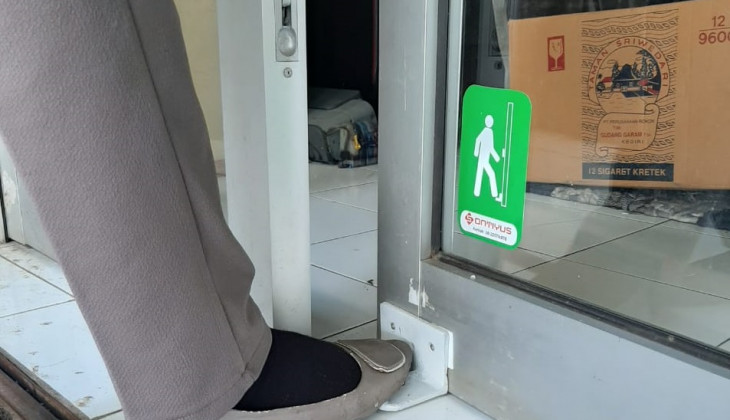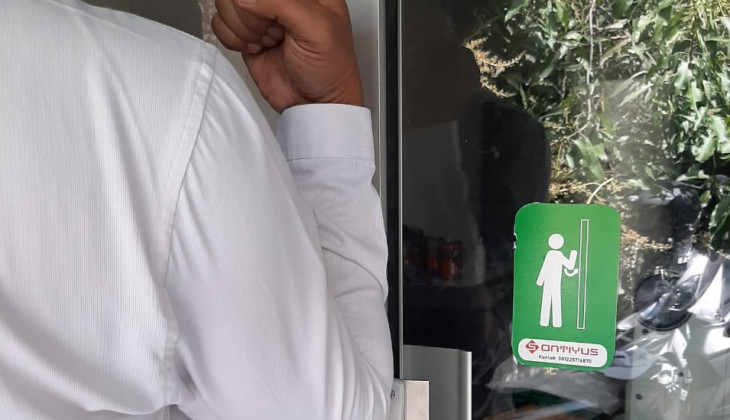
Opening and closing doors are parts of our daily activities. The door opens and closes with the door handle. A door handle does not move or turn when opening and closing the door so that the door handle is only to push or pull the door. There are also door handles that need to be moved or turned to release the spring lock from the doorknob.
The door handle that is opened by holding it with the palm allows it to become a medium for transmitting diseases caused by bacteria and viruses.
“There have been various efforts to prevent the spread of bacteria, viruses, and poisons through the door handles that we often touch using our palm. The palm is an organ that can transmit bacteria, viruses, and toxins to the mouth, nose, eyes, ears, and other organs. It is because the hands act as holders of these organs,” said Head of the Research Team for the Center for Innovation of Medical Equipments and Devices (CIMEDs) Faculty of Engineering UGM, Dr. Suyitno, S.T., M.Sc., on Wednesday (8/7).
According to him, palms can transmit bacteria, viruses, and toxins to others through objects that other people hold and use. That way, the simplest way to avoid passing bacteria, viruses, and toxins through the door handle media is to wash your hands before opening the door. However, door handles used in public facilities cannot always be controlled by the users by washing hands.
CIMEDs developed an additional tool on the door handle to overcome this problem that allows the door handle to be opened and closed with the arm, elbow, and foot.
“Then the possibility of passing bacteria, viruses, and toxins through the palms of the hands can be avoided,” said Suyitno.
The advantage of this invention is that it can be installed on a door with various door handles without modifying the door and door handle.
The chances of the arms, elbows, and soles of the feet touching other organs of their owner or touching other organs of the body are very small. Thus this additional tool will prevent the spread of bacteria, viruses, and toxins.
Suyitno explained that the tools developed consisted of four types: pushing and pulling doors with arms and elbows, pushing and pulling doors with the soles of the feet, rotating doorknobs with arms and elbows, and turning door handles with the soles of the feet. Turning the door with arm and elbow has been registered for a patent with registration number P00202004526. Meanwhile, the rotating doorknob with the sole has also been registered for a patent with registration number P00202004528.
“It is surely beneficial for public facilities doors which are likely to be opened and closed by many people, such as office doors, restaurant doors, terminal doors, station doors, ATM doors, and public toilet doors,” he explained.
This tool is currently being produced using aluminum alloy. This material was selected because Covid-19 could survive the shortest on aluminum surfaces compared to others. It was described in a study conducted by Kampf et al. in 2020 and published in the Journal of Hospital Infection by Elsevier.



